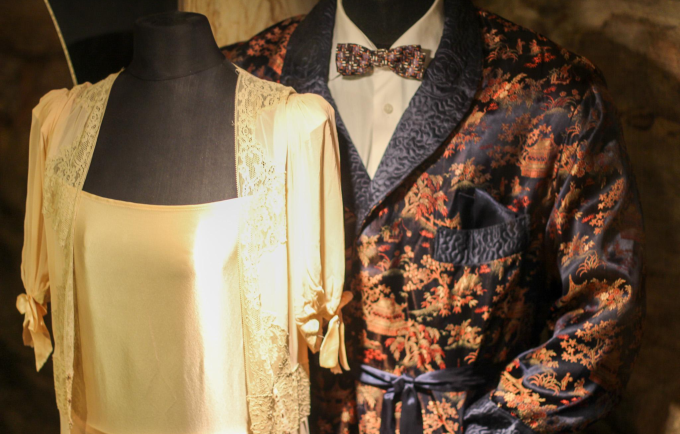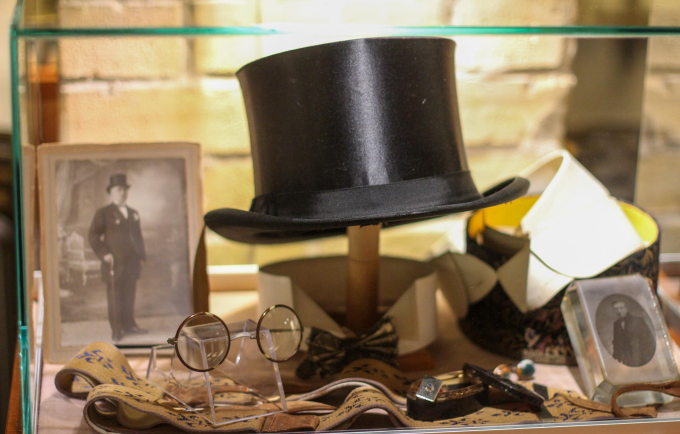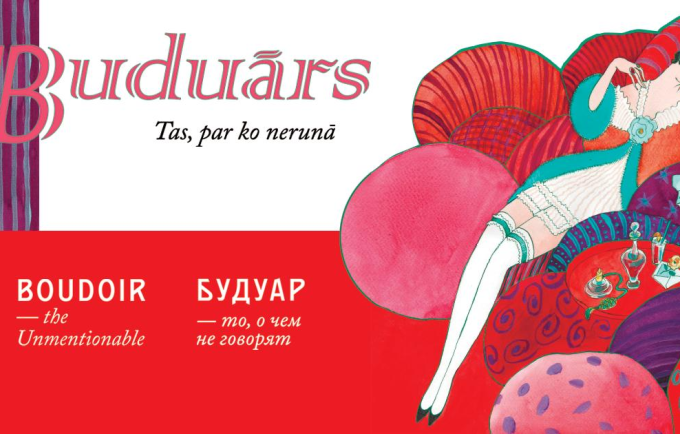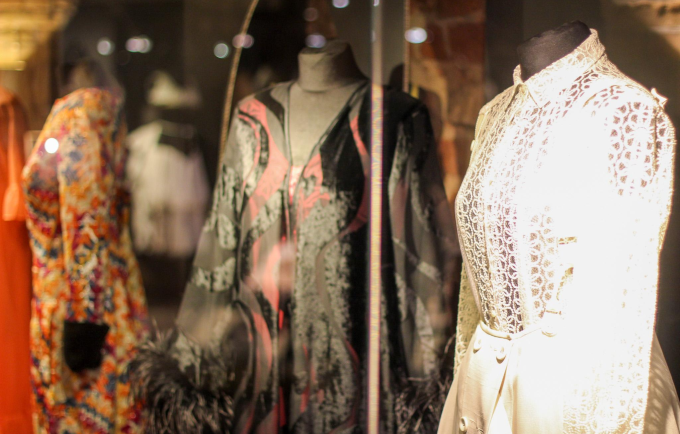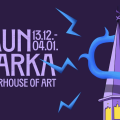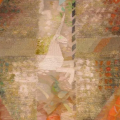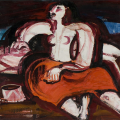Boudoir. The Unmentionable
The Fashion Museum's fall/winter exhibition is dedicated to the most private layer of clothing, which is not usually shown – except perhaps in the boudoir or bedroom.
What really happened behind the boudoir doors? And what did ladies wear under their mysteriously rustling and swishing silk dresses that reached down to the floor? How did underwear change as fashion silhouettes changed – from voluminous to narrow, from long to short? How did attitudes change towards what was appropriate and acceptable to show – and what should be hidden from strangers’ eyes? Answers to these and many other questions can be found in the Fashion Museum’s new exhibition, which, alongside the costumes, will also display what was worn underneath them: chemises and petticoats, bustles and crinolines, corsets, bras and knickers, peignoirs and nightgowns – made of cotton, linen, fine silk, lace and also much more modern synthetics. Visitors will also be able to compare how many layers of undergarments women had to wear in different periods to look in line with the latest fashion trends and silhouettes.
The boudoir is at the heart of the exhibition’s title for good reason. In the mid-18th century, influenced by the playful Rococo style and the ideas of the Enlightenment, the first room without any specific practical functions was created, intended solely for women, their solitude and comfort. The boudoir was usually located next to the bedroom and was mostly a private salon for wealthy ladies, where they could receive their closest guests, as well as relax, do handicrafts, read or write letters.
With the development of private spaces such as boudoirs, a whole range of sophisticated homewear was created, complemented by elegant indoor footwear. The boudoir was an intimate space where a woman could stay while partially dressed, in a negligee or homewear. These different degrees of intimacy can also be seen and appreciated in the exhibition.
In a broader sense, the exhibition is dedicated to the connection between fashion and the body and privacy – and how the boundaries between the secret, the unseen and the visible have changed over time.
The exhibition features costumes, underwear, corsets, petticoats, and accessories from the collection of the Alexandre Vassiliev Foundation and the Fashion Museum. The exhibition covers the period from the early 19th century to the present day.

